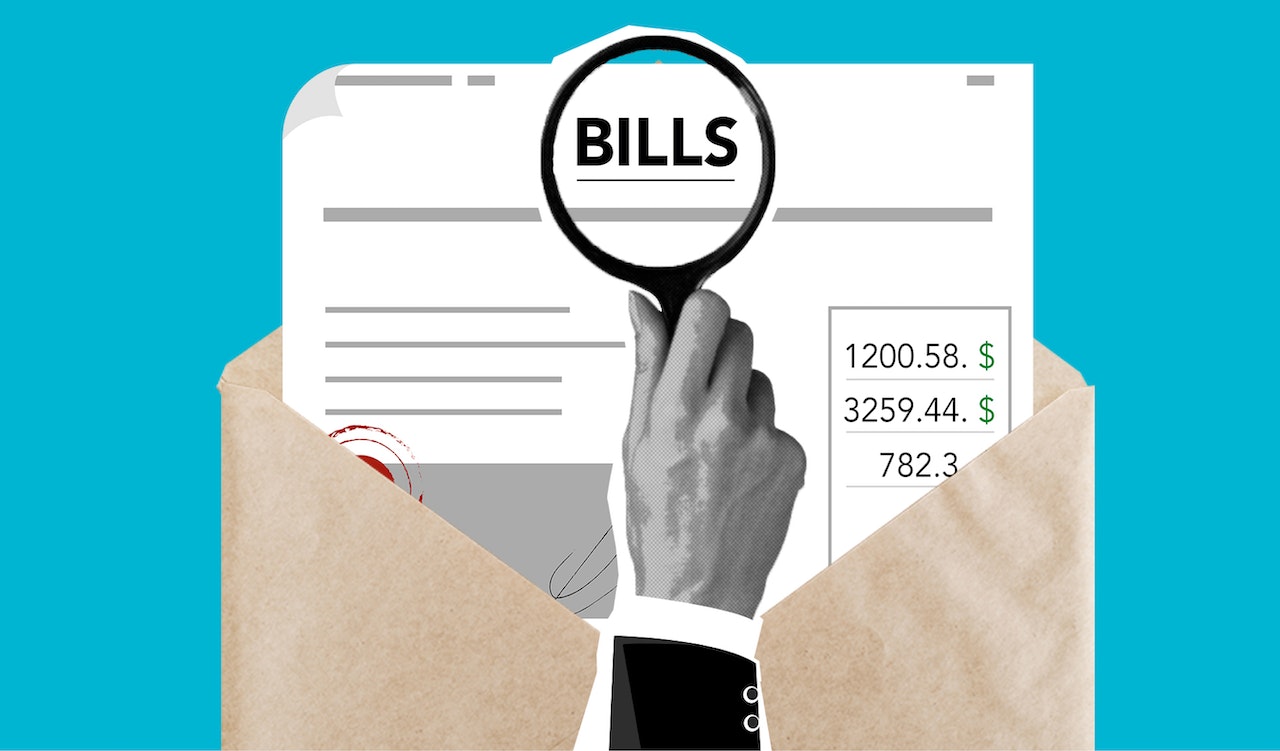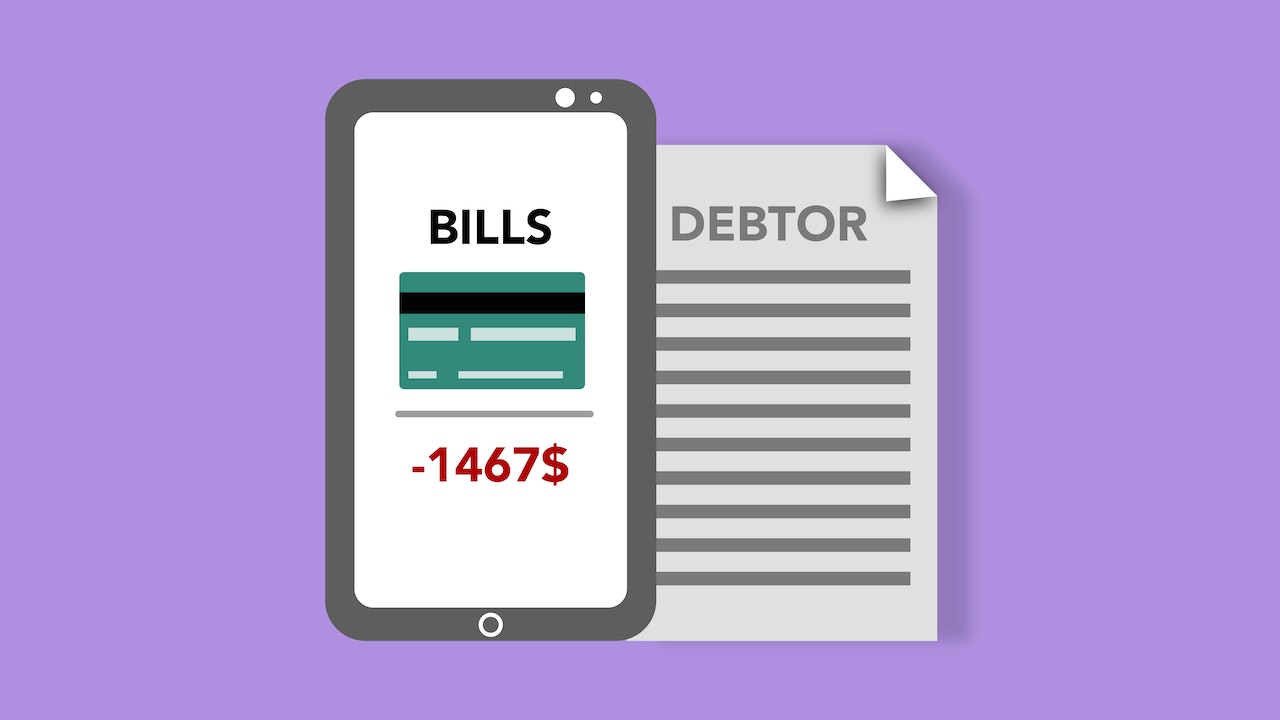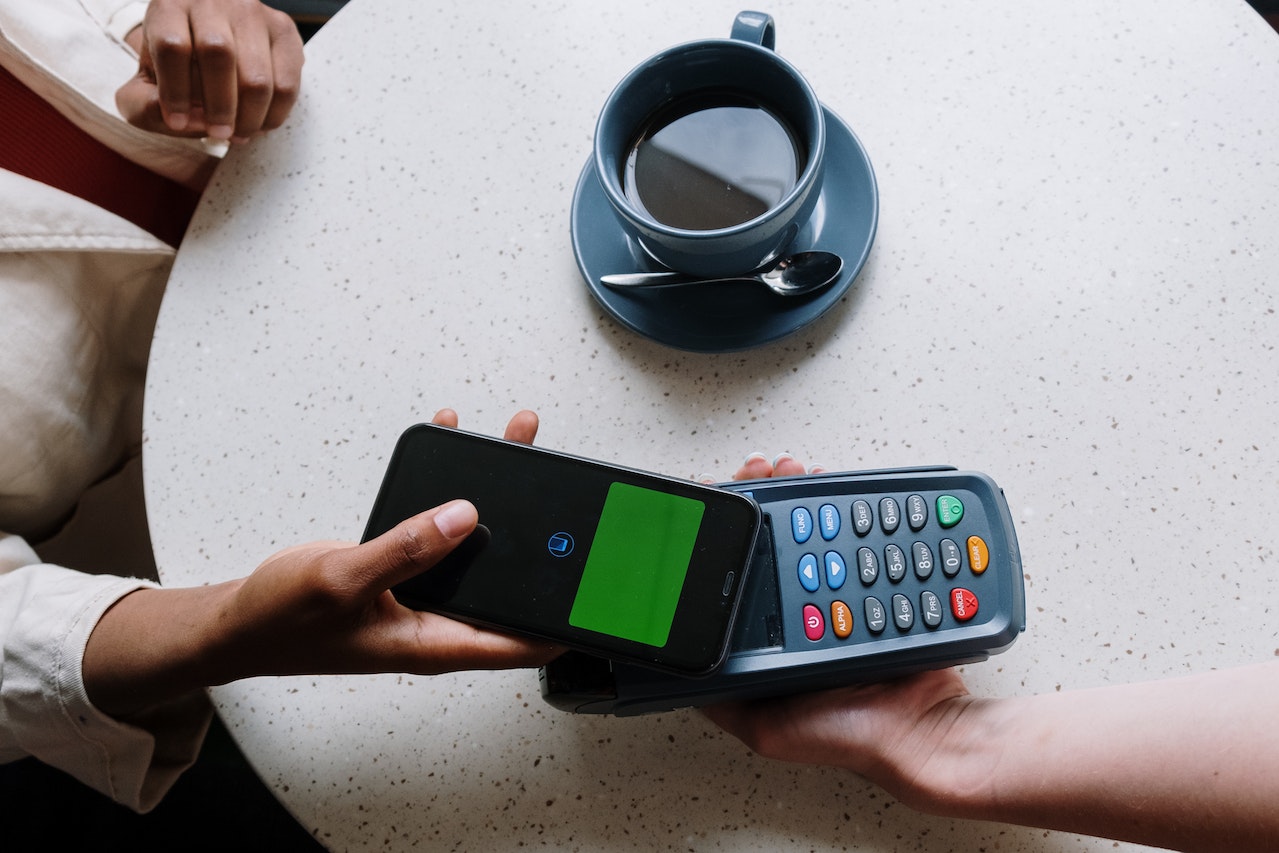Are you struggling with debt, feeling overwhelmed, and unsure where to turn? If so, a debt relief program may be the answer.
Debt relief programs can provide borrowers with options for dealing with overwhelming debt, allowing them to reduce their payments and work towards eliminating their debts more quickly.
But what exactly does this debt resolution program involve? This article will explore what to expect from debt relief programs.
Debt Relief Options Available
Here are some of the debt relief options available today:
- Debt consolidation and settlement.
- Debt management plans.
- Bankruptcy.

1. Debt Consolidation and Settlement
One type of debt relief is consolidation or settlement. These two approaches have similar outcomes—reducing the debt you owe.
With consolidation, all your existing debts are combined into one loan with lower interest rates and more manageable monthly payments. With the settlement option, a creditor agrees to accept a portion of the amount owed rather than forcing full payment.
Both methods make it easier to manage payments and can result in considerable savings over time. It is important to note that negotiating for a settlement or debt consolidation can be lengthy and may require multiple phone calls or letters between the debtor and the creditor before an agreement can be reached.
Additionally, there is no guarantee that all creditors will agree to negotiate even if requested.
2. Debt Management Plans
Another common debt relief option is a debt management plan (DMP). A DMP is an agreement between you and your creditors to pay off your debts in agreed-upon monthly installments.
These payments are structured to pay off your balance within three to five years. The terms of such plans typically include reduced interest rates, waived late fees, and a single, manageable monthly payment.
People with serious financial issues may be able to get more favorable terms through DMPs as creditors want to ensure they get their money back as quickly as possible.
3. Bankruptcy
In some cases, bankruptcy may be necessary to achieve financial freedom from overwhelming debts. Bankruptcy is considered a last resort because it seriously affects an individual’s credit rating and ability to qualify for loans or other forms of financing in the future.
However, if there is no other option due to insurmountable debt, filing for bankruptcy can be beneficial by eliminating certain debts or restructuring others into more manageable payments.
Things To Expect From Debt Relief Options
Here are some of the things to expect from debt relief options:
- Freedom from harassment.
- Credit counseling and education.
- Be prepared for changes.
- Have realistic expectations.
- Be mindful of fees and interest rates.

1. Freedom From Harassment
Once you are enrolled in a debt resolution program, all collection calls should stop, which is beneficial in providing peace of mind while working towards getting out of debt.
2. Credit Counseling and Education
Most debt relief programs provide credit counseling and education to help borrowers better understand their finances.
Debt counselors can assist in creating a budget, adjusting spending habits, and providing advice on how to avoid getting into debt again in the future.
3. Be Prepared for Changes
Once you enroll in a program, there will likely be changes in how you manage your finances going forward—such as setting up a budget or paying off debts over time under the guidance of your credit counselor or financial advisor.
4. Have Realistic Expectations
While debt relief programs can be beneficial in helping people manage their finances more effectively, they may not provide immediate solutions like some people expect them to. Instead, they serve as a long-term solution that requires patience and dedication to work successfully over time!
5. Be Mindful Of Fees and Interest Rates
When enrolling in any loan or financing product associated with a debt relief program (such as consolidation loans), make sure that you read through all fine print carefully so that you understand exactly what fees and interest rates may apply!
This is especially important if there are any fees associated with late payments or other penalties associated with non-payment – so pay close attention here!

Now You Know What To Expect From Debt Relief Programs
Overall, debt relief programs can be a great option for those struggling to manage their finances and looking for ways to get back on track. However, it is important to research and understand all the terms associated with any program before signing up.
Additionally, ensure that you have realistic expectations when enrolling– debt relief is not an “instant fix” to your financial woes. But if you do your due diligence and choose a debt relief program that is right for you, it can be an invaluable tool in helping to become financially free!

I am Adeyemi Adetilewa, an SEO Specialist helping online businesses grow through content creation and proven SEO strategies. Proficient in WordPress CMS, Technical Site Audits, Search Engine Optimization, Keyword Research, and Technical Writing (Portfolio).
I help brands share unique and impactful stories through the use of public relations, advertising, and online marketing. My work has been featured in the Huffington Post, Thrive Global, Addicted2Success, Hackernoon, The Good Men Project, and other publications.

